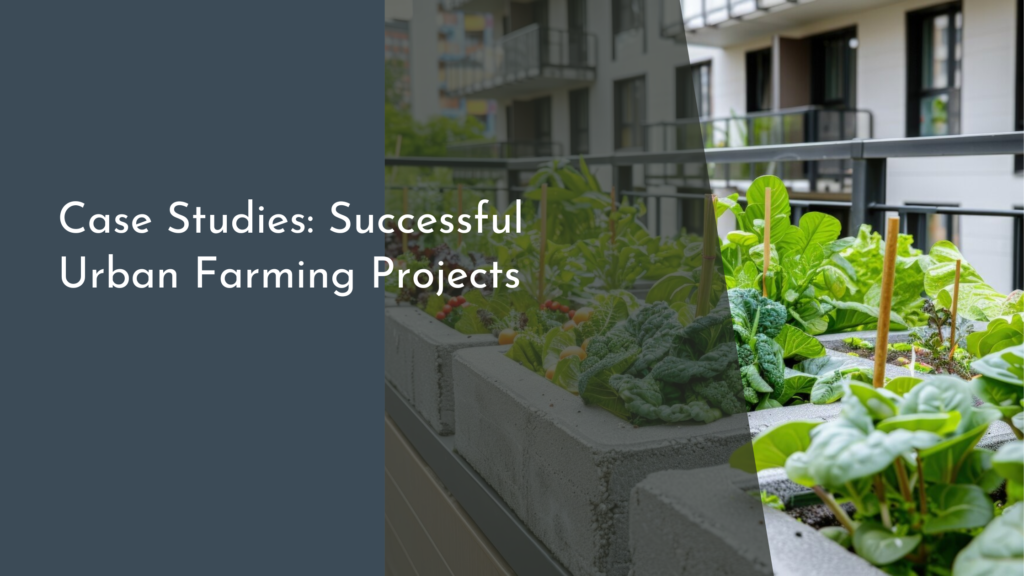Bioplastics from Agricultural Waste: Case Studies
As the world grapples with the increasing demand for sustainable materials, the exploration of bioplastics derived from agricultural waste has emerged as a promising solution. By converting what was once considered waste into valuable, eco-friendly products, innovative thinkers are finding ways to reduce plastic pollution while simultaneously supporting agricultural economies. This article explores the transformative journey of agricultural waste into bioplastics, highlighting inspiring case studies and success stories that underscore the potential of these sustainable practices.
Transforming Agricultural Waste into Eco-Friendly Bioplastics
Turning agricultural waste into bioplastics is not just a creative solution; it’s a necessity in the age of environmental consciousness. The agricultural sector generates an enormous amount of organic waste, including corn stalks, sugarcane bagasse, and wheat straws, much of which ends up in landfills. By harnessing this excess, researchers and companies are discovering that the cellulose fibers and organic compounds within these materials can be converted into biodegradable plastics. This transition not only addresses waste management challenges but also offers an alternative to conventional petroleum-based plastics, contributing to a circular economy.
Moreover, the process of creating bioplastics from agricultural waste is relatively straightforward. Techniques such as fermentation and extrusion allow for the extraction of valuable biomaterials, which can then be transformed into bioplastics that are durable and versatile. This innovative approach not only reduces dependence on fossil fuels but also minimizes carbon footprints associated with the production and disposal of plastic. As awareness of environmental issues grows, the potential for agricultural waste-derived bioplastics to take center stage in sustainable packaging and product development becomes increasingly evident.
Innovative Case Studies Highlighting Sustainable Solutions
Numerous case studies have emerged showcasing the successful conversion of agricultural waste into bioplastics, exemplifying innovative sustainable solutions. One notable example is the work being done by a startup in India that utilizes rice husks, an abundant agricultural byproduct, to create biodegradable packaging materials. By employing advanced processing techniques, this company has developed cost-effective, eco-friendly alternatives to traditional plastic bags. Their efforts not only address local pollution concerns but also provide farmers with an additional income stream by monetizing waste that was previously discarded.
Another compelling case study comes from Brazil, where sugarcane bagasse is being transformed into bioplastics for various applications. This initiative has garnered interest from both the agricultural sector and eco-conscious consumers, as it effectively utilizes the waste generated during sugar production. The resulting bioplastic products, which include containers and utensils, demonstrate not only the feasibility of using agricultural waste but also the potential for scaling these solutions across industries. These case studies reflect the broader trend of integrating sustainable practices into the business model, creating a win-win scenario for the environment and the economy.
Success Stories: Farms Turning Waste into Valuable Products
Across the globe, farmers and agricultural entrepreneurs are successfully turning their waste into valuable products, showcasing the immense potential of bioplastics. In the United States, a dairy farm has begun using its surplus whey—a byproduct of cheese production—to create biodegradable films and coatings. This innovative approach not only reduces waste on the farm but also provides a sustainable alternative for various packaging needs. The success of this venture has inspired other farms to explore similar strategies, emphasizing the versatility and applicability of bioplastic production in agricultural settings.
In another inspiring success story, a cooperative of farmers in Europe has joined forces to convert leftover vegetable scraps into bioplastic granules. By pooling their resources and knowledge, these farmers have developed a process to extract natural biopolymers from their waste. The bioplastic produced is now being marketed to local businesses, helping to create a regional supply chain that not only benefits the environment but also fosters community collaboration. These success stories amplify the message that with creativity and determination, agricultural waste can be transformed into profitable, sustainable products.
The Future of Bioplastics: Lessons from Agricultural Innovations
The future of bioplastics looks exceedingly bright, guided by the lessons learned from agricultural innovations. As more farmers and companies adopt sustainable practices, the potential for agricultural waste-based bioplastics to gain traction in the market increases. Consumers are becoming more eco-conscious, sparking demand for biodegradable alternatives to traditional plastics. This shift presents a unique opportunity for agricultural sectors to pivot towards bioplastic production, ensuring a more sustainable future while simultaneously enhancing their economic viability.
In addition, advancements in technology and research continue to open new avenues for utilizing agricultural waste in bioplastic production. As scientists develop more efficient methods for extracting and processing biomaterials, the quality and functionality of bioplastics are expected to improve significantly. Furthermore, collaborations between agricultural businesses, researchers, and consumers can facilitate the growth of this burgeoning industry. By learning from these agricultural innovations, society can work together to contribute to a healthier planet and a more sustainable economy.
In conclusion, the journey of transforming agricultural waste into eco-friendly bioplastics is a testament to human ingenuity and the power of sustainable thinking. By showcasing innovative case studies and success stories, we see that the potential is not just theoretical—it is real, tangible, and thriving in various parts of the world. As we continue to explore and expand these sustainable practices, we pave the way for a future where waste is reduced, the environment is preserved, and agricultural communities flourish. Embracing bioplastics from agricultural waste is not just an environmental necessity; it is a cheerful step towards a more sustainable and prosperous tomorrow.

